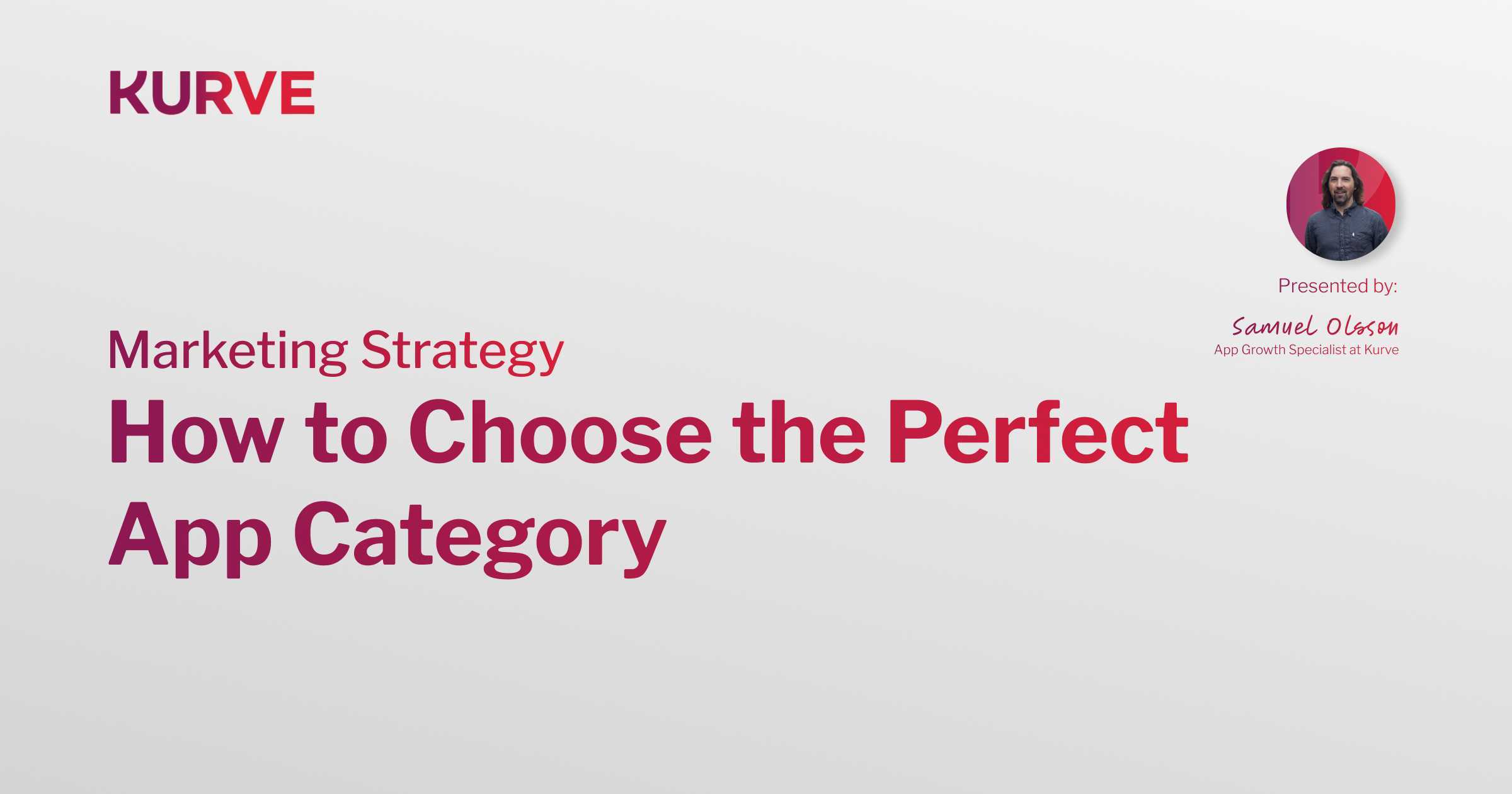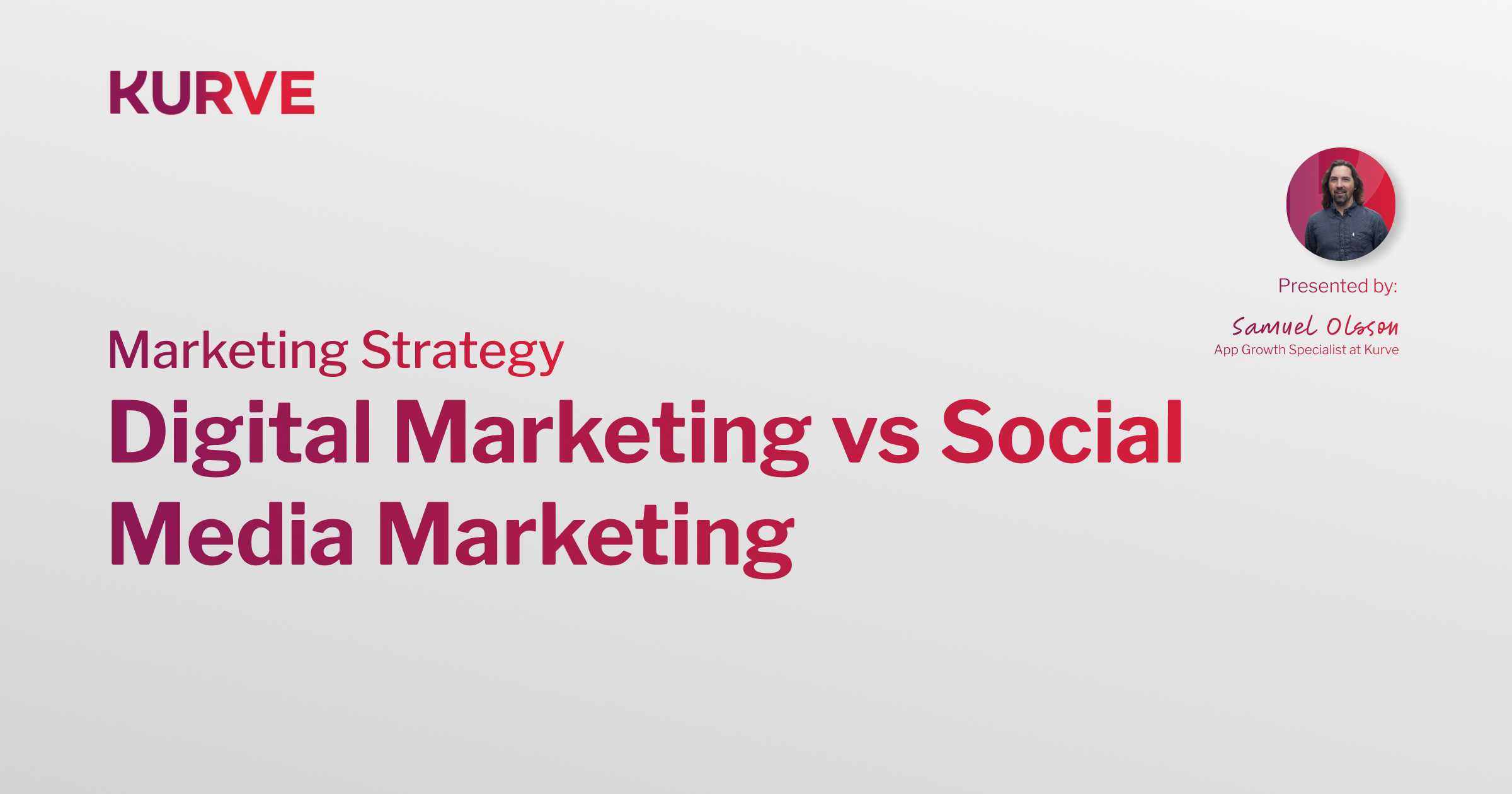The Tech Stack for Identifying a Target Audience
Marketing Technology to Help With Audience Research
You’ll have a decent grasp of your audience already, no doubt. But when embarking on growth campaigns, audience comes into focus more acutely. This time, in the context of finding the right people at the right time, in the right place(s). You need to uncover need states, understand deep intent, and view your audience at their stages in the funnel. This is a complex undertaking.
Luckily, marketing technology can help you identify a target audience, and spot opportunities thereafter. In this article, I look at the tech stack for identifying your target audience. From my experience, this tech stack must be split into three core components:
-
Understanding keywords and pain points
-
Creative list-building and prospecting
-
Enriching anonymous users and incomplete data
Let’s take a look at the tech stack for each component…
1. Understanding keywords and pain points
Target audiences are often pigeonholed into personas. Personas are effective, but a need state and set of critical queries must be applied to enrich your view. To get a deeper knowledge of an audience, you need to research pain points.
Search data tools: Google Search Console (free) is an easy place to start. The Search Analytics feature will show which queries users are entering to reach your site. This provides a basic overview and introduction. Thereafter, a combination of Google Keyword Planner (free) and Ahrefs (paid) will uncover deep long-tail searches around your core set of keywords.
Forum research: Quora is a goldmine for pain point research. This can be done manually by searching queries and trends, but there is a technical option to automate a scrape. Speak to a developer about implementing this process outlined on Reddit.
These tools will help you visualise where your product or service sits in the context of your audience’s problem(s). This will develop a deeper understanding of where you add value, and how you can deliver impactful marketing campaigns.
Facebook Audience Insights: This is an essential weapon in your arsenal. Based on filters such as location, demographics, and interests, Audience Insights reveals meaningful data about a specific audience. These filters can can layered together and cross-referenced.
Here are two use cases for Facebook Audience Insights:
-
Page: Understand the users that your page is currently attracting, why they arrived, and which other pages they like. Delve into their deeper demographics, trends, and patterns.
-
Interest: Understand the audience interested in a specific topic (e.g. project management, SaaS, etc.). See pages they like, how content resonates, and much more.
2. Creative list-building and prospecting
Creative list-building and prospecting is often most suited to B2B audience research, although it can also be applied to B2C.
LinkedIn Sales Navigator: Only applicable to B2B, LinkedIn Sales Navigator leverages insight and LinkedIn user data to help refine your targeting and outreach. The tool helps you uncover decision-makers and understand more about what makes them tick.
BuzzSumo: This tool allows you to scrape a competitor’s social media following, figure out what types of content perform best, and identify the influencers in your industry.
BuiltWith: This tool will allow you to get a list of businesses that are using a specific technology. For example, you can target businesses that use HubSpot, or businesses with a WordPress website. The benefit of this insight depends on your offering, of course.
3. Enriching anonymous users and incomplete data
Of course, Google Analytics provides excellent baseline data about the users and their behaviour on your site. But to get a better handle on this audience, you need to go deeper.
Clearbit: The Clearbit Reveal tool is perfect for B2B. The software uses IP tracking and other techniques to show which companies are visiting your website. This leads to a better rounded understanding of whether you’re attracting the right audience. Which audience is interested right now? Are these the right people? Answering these questions will help you to scale effectively.
Summary
No marketing tech stack is created equal. Each business will have its own perfect recipe, but the tools listed above will provide you with a starting point.
In terms of audience research, you need to look beyond the basic persona demographics. Growth campaigns succeed by tapping into deeper needs and pain points, and applying this to meaningful demographic data. Furthermore, audience research must be seen as a fluid affair. You need to get stuck in at the outset, and measure your relevance to target audiences as you progress with campaigns.


